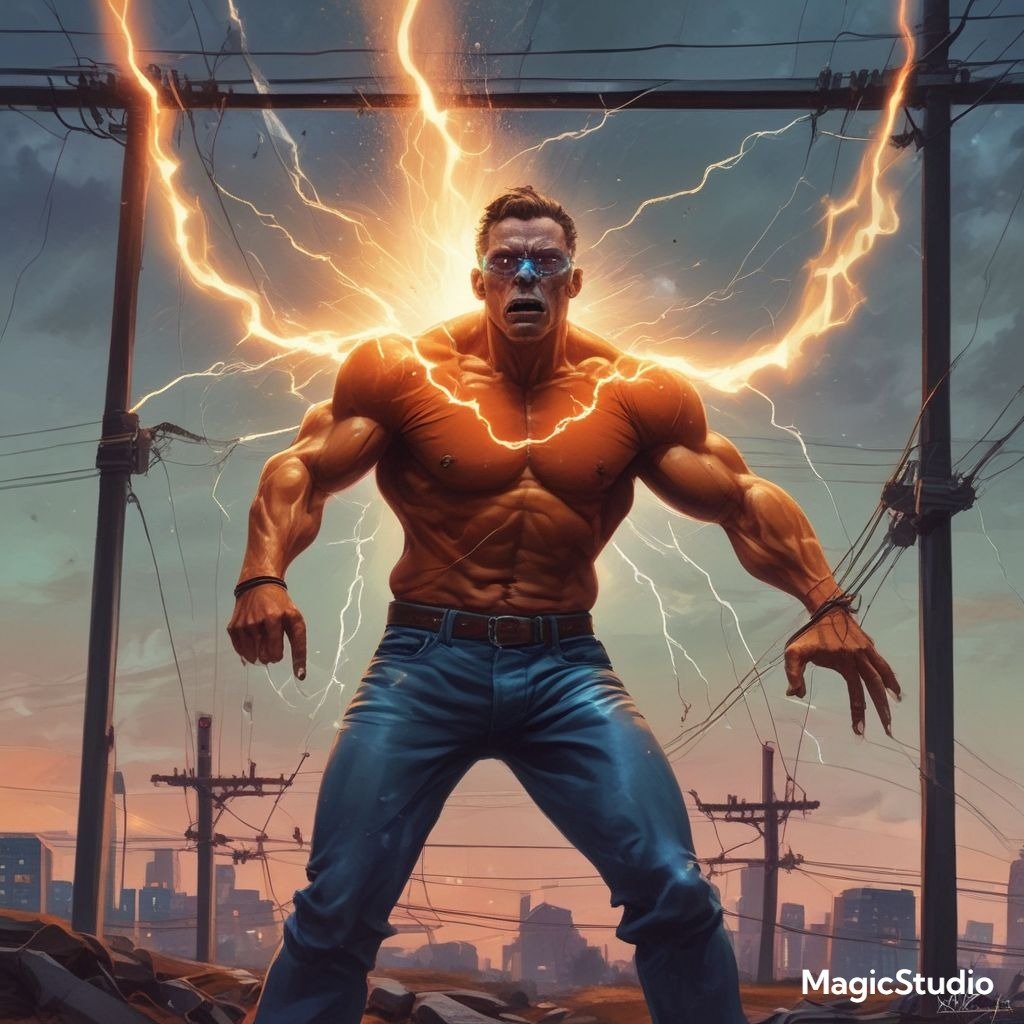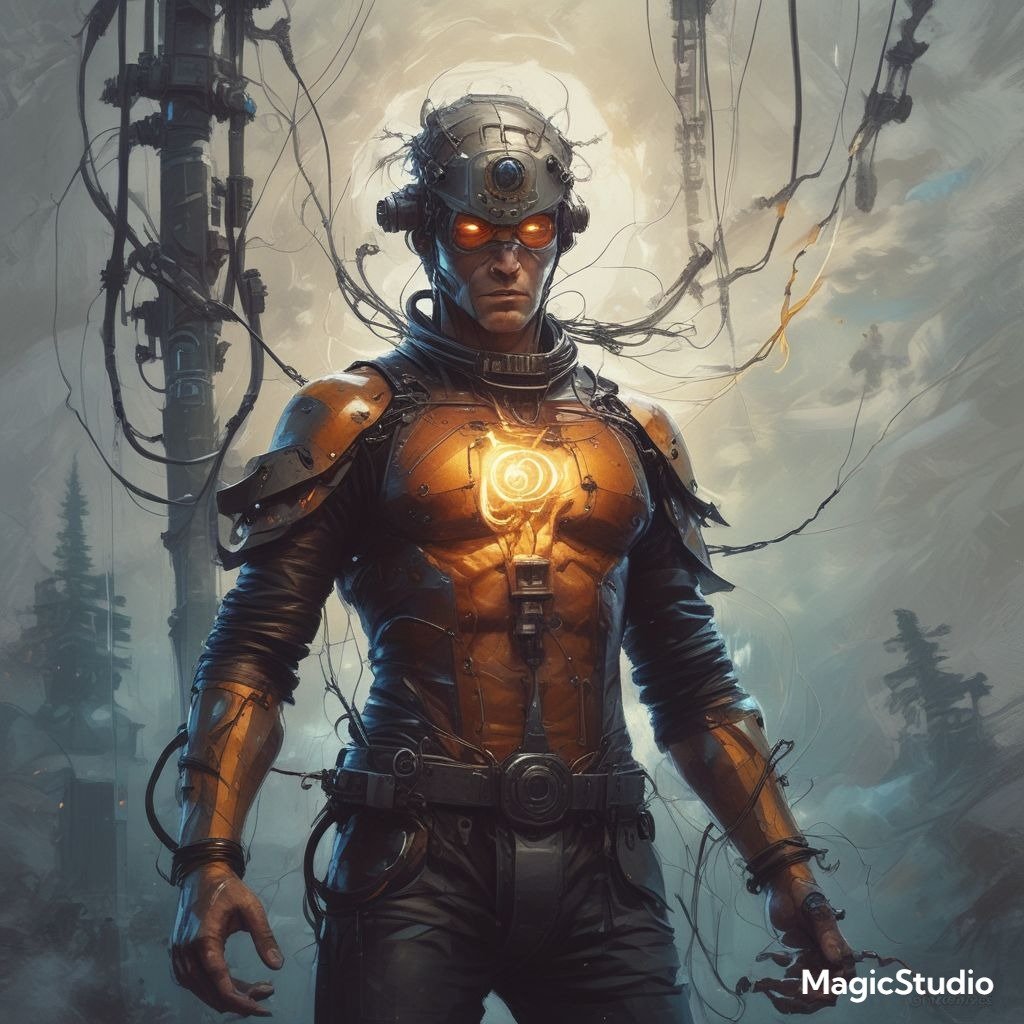In our quest to understand the world around us, we delve into the realm of “electricity”, a fundamental force that powers our modern lives. Electricity, a form of energy resulting from the existence of charged particles, is a cornerstone of our civilization, powering everything from the smallest microchip to the largest city. It’s a fascinating, complex, and essential part of our daily lives, yet many of us take it for granted.
We begin our exploration by understanding the basic principles of electricity. At its core, electricity is the movement of electrons from one place to another. This flow of electrons, often referred to as an electric current, is what powers our devices and appliances. The rate at which electricity flows is measured in amperes, while the force driving this flow is measured in volts. Together, these two measurements give us watts, a measure of electrical power.
But how does this flow of electrons come about? It all starts with atoms, the building blocks of everything in the universe. Atoms are made up of protons, neutrons, and electrons. It’s these electrons, located in the outer shells of the atom, that are free to move and create an electric current. When a force, such as a battery or generator, is applied, these electrons move, creating a flow of electricity.

Electricity can be either static or dynamic. Static electricity is stationary or collects on the surface of an object, whereas dynamic electricity is the constant flow of electrons between an object and a conductor. It’s this dynamic electricity that powers our world, from lighting our homes to powering our computers.
Understanding the principles of electricity is just the beginning. We also need to understand how electricity is generated. Most of our electricity comes from power plants that use a generator to convert energy from fossil fuels, such as coal and natural gas, into electrical energy. However, there are also renewable sources of electricity, such as wind and solar power, which harness the power of nature to generate electricity.
Electricity is transmitted from power plants to our homes and businesses through a complex network of power lines and transformers known as the electrical grid. This grid is a crucial part of our infrastructure, ensuring that electricity is available whenever and wherever it’s needed.
But electricity is not just about power generation and transmission. It’s also about safety. Electricity can be dangerous if not handled correctly. That’s why we have safety devices such as circuit breakers and fuses in our homes and businesses. These devices protect us from electrical faults and overloads, preventing fires and other accidents.
In conclusion, electricity is a complex and fascinating subject. It’s a fundamental part of our modern lives, powering our devices, lighting our homes, and driving our industries. Understanding how electricity works, how it’s generated and transmitted, and how to use it safely is essential for everyone. As we continue to rely on electricity in our daily lives, it’s important that we continue to learn and understand this vital force.
In our quest to understand the world around us, we often find ourselves pondering over the fundamental elements that shape our daily lives. One such element, omnipresent yet often overlooked, is electricity. We, as a society, have become so accustomed to its presence that we seldom stop to question, “What is electricity?” To answer this question, we must delve into the realms of physics and chemistry, exploring the intricate dance of electrons and protons that results in this phenomenon we call electric.
Electricity, in its simplest form, is the flow of electric charge. It is a secondary energy source, which means we obtain it from the conversion of other sources of energy, such as coal, natural gas, oil, nuclear power, and other natural sources. This conversion process takes place in power stations, where massive generators convert mechanical energy into electrical energy.
At the heart of electricity lies the atom, the smallest unit of matter. Each atom consists of a nucleus, made up of protons and neutrons, surrounded by electrons. These electrons carry a negative charge, while the protons in the nucleus carry a positive charge. The balance of these charges within an atom is what keeps the universe in harmony. However, when this balance is disturbed, and electrons are forced to move from one atom to another, we witness the birth of electric.

This movement of electrons, or electric charge, is what we refer to as electric current. It is the lifeblood of all our electronic devices, from the humble light bulb to the complex computer. The flow of this current is controlled by a property known as resistance, which determines how much electric can flow through a particular material. Different materials have different resistance levels, which is why some materials, like copper and aluminum, are excellent conductors of electricity, while others, like rubber and glass, are poor conductors or insulators.
Electric is measured in terms of voltage, current, and resistance. Voltage, measured in volts, is the pressure that pushes the electrons through a circuit. Current, measured in amperes or amps, is the rate at which the electrons flow. Resistance, measured in ohms, is the material’s opposition to the flow of electrons. These three elements are interconnected through Ohm’s Law, which states that the current is directly proportional to the voltage and inversely proportional to the resistance.
In conclusion, electric is a fundamental force of nature, a manifestation of the movement of electrons from one atom to another. It is a secondary energy source, derived from the conversion of primary energy sources in power stations. It is measured in terms of voltage, current, and resistance, and its flow is governed by Ohm’s Law. Understanding electricity is not just about answering a question; it’s about appreciating the intricate dance of particles that powers our world.








